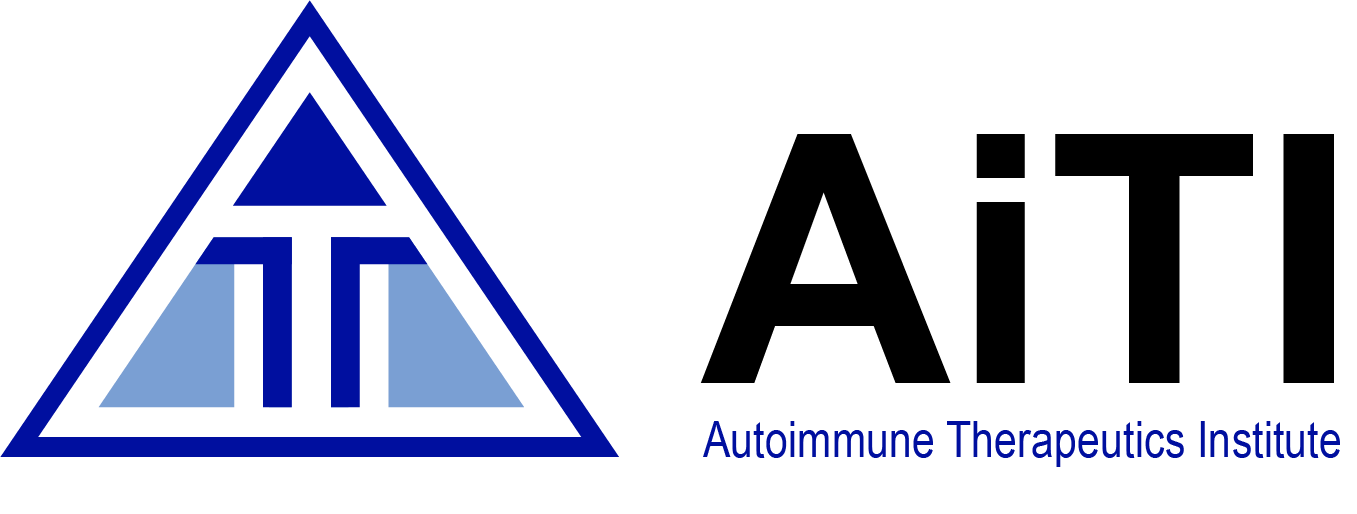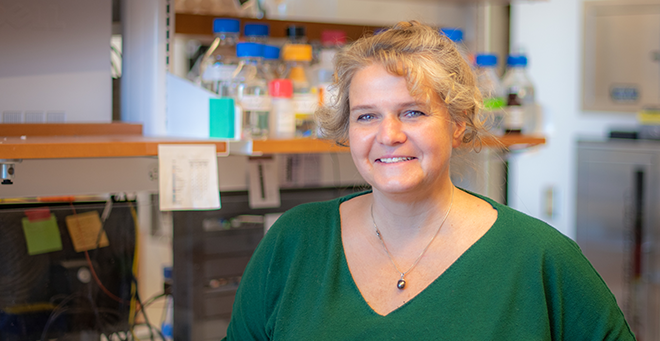Collaborators and Publications
Our collaborators consist of innovative scientists, caring clinicians, and experienced entrepreneurs from UMass Chan Medical School who strive to leverage their experience, relationships, and resources, to uncover foundational knowledge of disease, create new drug delivery systems, and prioritize and develop new treatments.
The following is a list of research areas that our collaborators specialize in:
- Bioinformatics
- Computational biology
- Dermatology
- Gene Therapy
- Innate Immunity
- Medicine
- Molecular Medicine
- Pediatrics
- RNA Therapeutics
Our Collaborators
Our Publications
AIM2 regulates anti-tumor immunity and is a viable therapeutic target for melanoma
Fukuda K, Okamura K, Riding RL, Fan X, Afshari K, Haddadi NS, McCauley SM, Guney MH, Luban J, Funakoshi T, Yaguchi T, Kawakami Y, Khvorova A, Fitzgerald KA, Harris JE. AIM2 regulates anti-tumor immunity and is a viable therapeutic target for melanoma. J Exp Med(2021) 218:e20200962.
Antibody blockade of IL-15 signaling has the potential to durably reverse vitiligo
Richmond J, Strassner JP, Zapata L Jr., Garg M, Riding RL, Refat MA, Fan X, Azzolino V, Tovar-Garza A, Tsurushita N, Pandya AG, Tso JY, and Harris JE. Antibody blockade of IL-15 signaling has the potential to durably reverse vitiligo. Science Transl. Med. (2018) 10:1-9.
CXCL10 is critical for the progression and maintenance of depigmentation in a mouse model of vitiligo
Rashighi M, Agarwal P, Richmond JM, Harris TH, Dresser K, Su M, Zhou Y, Deng A, Hunter CA, Luster AD, and Harris JE. CXCL10 is critical for the progression and maintenance of depigmentation in a mouse model of vitiligo. Science Transl. Med. (2014) 6(223): 1-10. PMCID: 4086941
CXCR3 Depleting Antibodies Prevent and Reverse Vitiligo in Mice
Richmond JM, Masterjohn E, Chu R, Tedstone J, Youd ME, Harris JE. CXCR3 Depleting Antibodies Prevent and Reverse Vitiligo in Mice. J. Invest. Dermatol. (2017) 137: 982-5.
JAK inhibition prevents bleomycin-induced fibrosis in mice and is effective in morphea patients
Damsky W, Patel D, Garelli CJ, Garg M, Wang A, Dresser K, Deng A, Harris JE, Richmond J, King B. JAK inhibition prevents bleomycin-induced fibrosis in mice and is effective in morphea patients. JID (2020) 140: 1446-49.
JAK inhibitors reverse vitiligo in mice but do not deplete skin resident memory T cells
Azzolino V, Zapata L, Garg M, Gjoni M, Riding RL, Strassner JP, Richmond JM, Harris JE. JAK inhibitors reverse vitiligo in mice but do not deplete skin resident memory T cells. JID(2020) 141: 182-184.
Keratinocyte-derived chemokines orchestrate T cell positioning in the epidermis during vitiligo and may serve as biomarkers of disease. J. Invest
Richmond JM, Essien KI, Bangari DS, Currimbhoy SD, Groom JR, Pandya AG, Youd ME, LusterAD, Harris JE. Keratinocyte-derived chemokines orchestrate T cell positioning in the epidermis during vitiligo and may serve as biomarkers of disease. J. Invest. Dermatol. (2017) 137: 350-8.
Keratinocyte-tethering modification for biologics enables location-precise treatment in mouse vitiligo
Hsueh YC, Wang Y, Riding RL, Catalano DE, Lu YJ, Richmond JM, Siegel DL Rusckowski M, Stanley JR, and Harris JE. Keratinocyte-tethering modification for biologics enables location-precise treatment in mouse vitiligo. J. Invest. Dermatol. (2022) 142:3294-3303.
Rapid skin repigmentation on oral ruxolitinib in a patient with coexistent vitiligo and alopecia areata
Harris JE, Rashighi M, Nguyen N, Jabbari A, Clynes R, Christiano AM, Mackay-Wiggan J. Rapid skin repigmentation on oral ruxolitinib in a patient with coexistent vitiligo and alopecia areata. J. Am. Acad. Derm. (2016) 74: 370-71. PMCID: 4718770.
RNAi-based modulation of IFN-γ signaling in skin
Tang Q, Sousa J, Echeverria D, Fan X, Hsueh YC, Afshari K, MeHugh N, Cooper DA, Vangjeli L, Monopoli K, Okamura K, Biscans A, Clauss A, Harris JE, and Khvorova A. RNAi-based modulation of IFN-γ signaling in skin. Mol Therapy (2022) 30:2709-2721.















